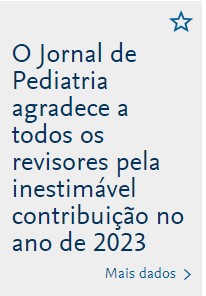to evaluate the effects of intervention program strategies on the time spent on activities such as watching television, playing videogames, and using the computer among school children.
Sourcesa search for randomized controlled trials available in the literature was performed in the following electronic databases: PubMed, Lilacs, Embase, Scopus, Web of Science, and Cochrane Library using the following Keywords randomized controlled trial, intervention studies, sedentary lifestyle, screen time, and school. A summary measure based on the standardized mean difference was used with a 95% confidence interval.
Data synthesisa total of 1,552 studies were identified, of which 16 were included in the meta-analysis. The interventions in the randomized controlled trials (n=8,785) showed a significant effect in reducing screen time, with a standardized mean difference (random effect) of: −0.25 (−0.37, −0.13), p<0.01.
Conclusioninterventions have demonstrated the positive effects of the decrease of screentime among schoolchildren.
avaliar os efeitos das estratégias dos programas de intervenção sobre o tempo dedicado a atividades como assistir à televisão, jogar videogame e usar computador em escolares.
Fonte dos dadosfoi realizada busca de estudos controlados randomizados, disponí- veis nas bases de dados eletrônicas PubMed, Lilacs, Embase, Scopus, Web of Science e Cochrane Library, com os descritores: randomized controlled trial, intervention studies, sedentary lifestyle, screen time e school. Medida de sumário baseada na diferença das médias padronizadas foi usada com intervalo de confiança de 95%.
Síntese dos dadosforam identificados 1.552 estudos, dos quais 16 foram incluídos na metaanálise. As intervenções nos estudos controlados randomizados (n=8.785) apre- sentaram efeito significativo na redução do tempo em frente à tela, com diferença das médias padronizadas (efeito randômico): −0,25 (−0,37; −0,13), p<0,01.
Conclusãoas intervenções mostraram efeitos positivos na redução do tempo em frente à tela em escolares.
Como citar este artigo: Friedrich RR, Polet JP, Schuch I, Wagner MB. Effect of intervention programs in schools to reduce screen time: a meta-analysis. J Pediatr (Rio J). 2014;90:232-41.









